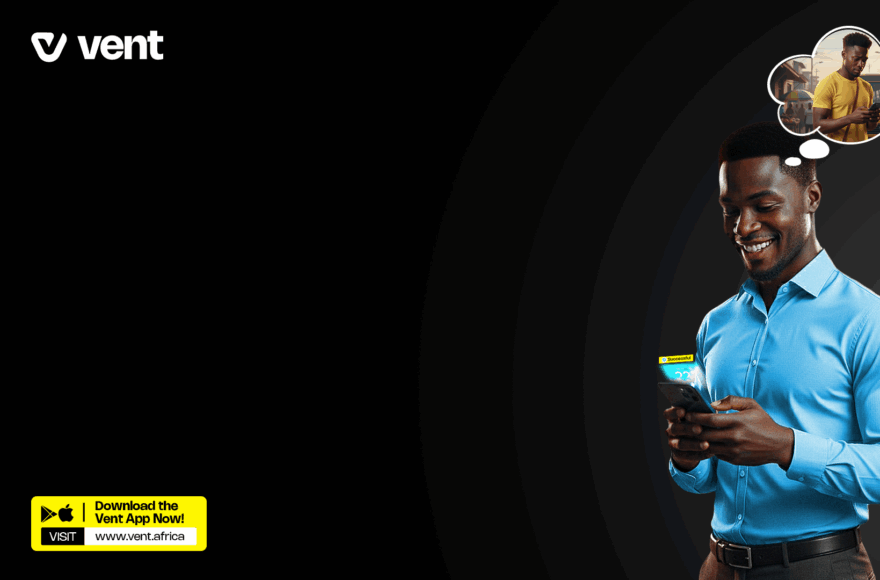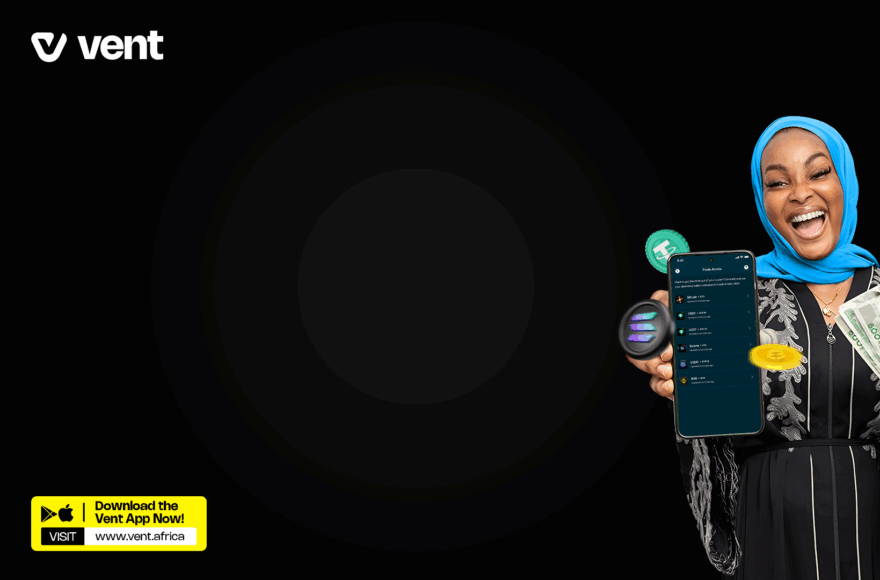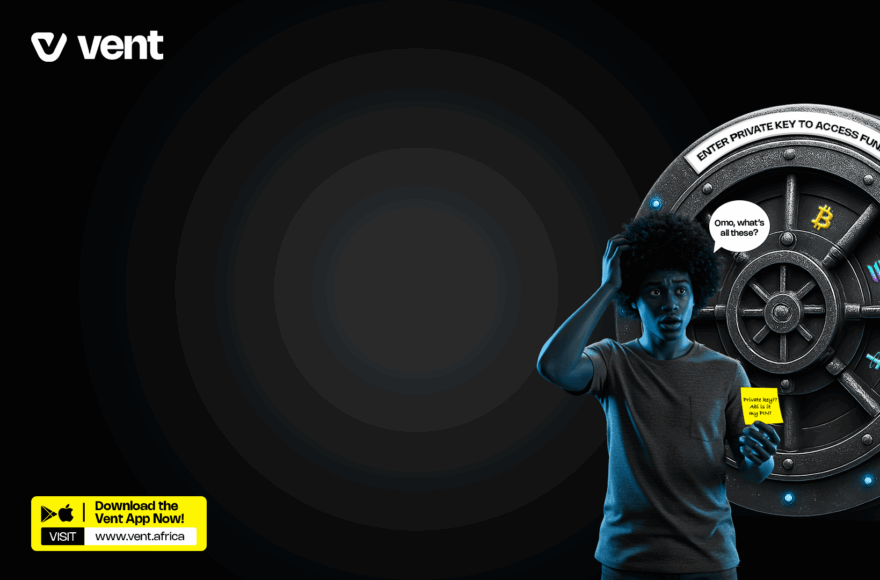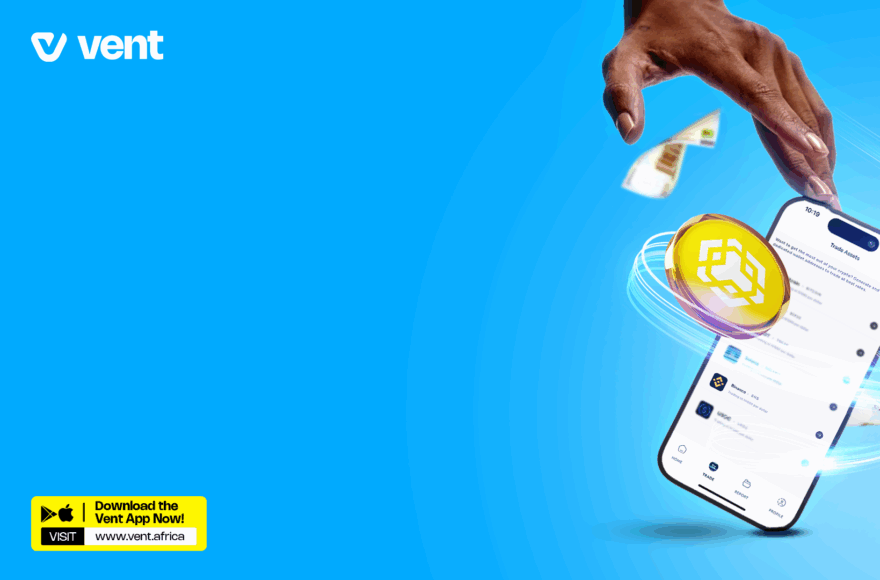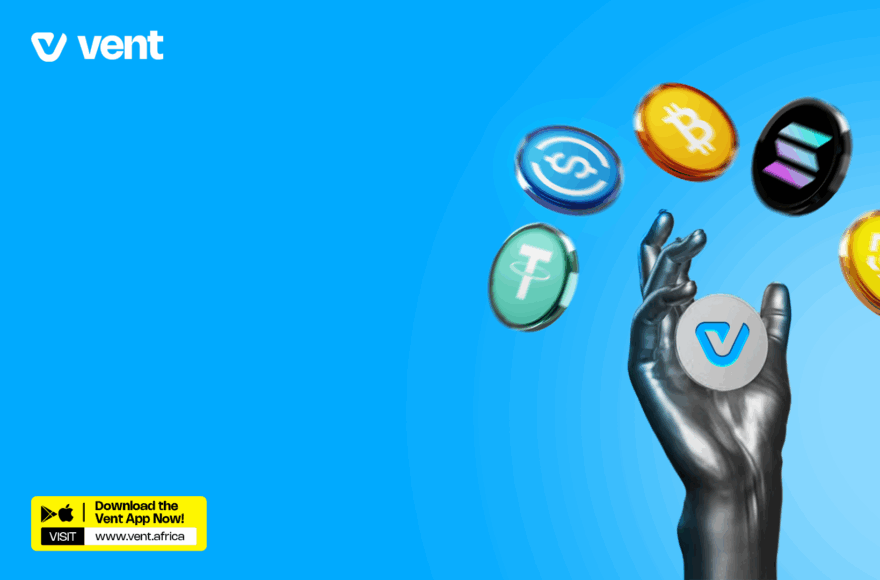Blockchain Basics: How Does It Actually Work?
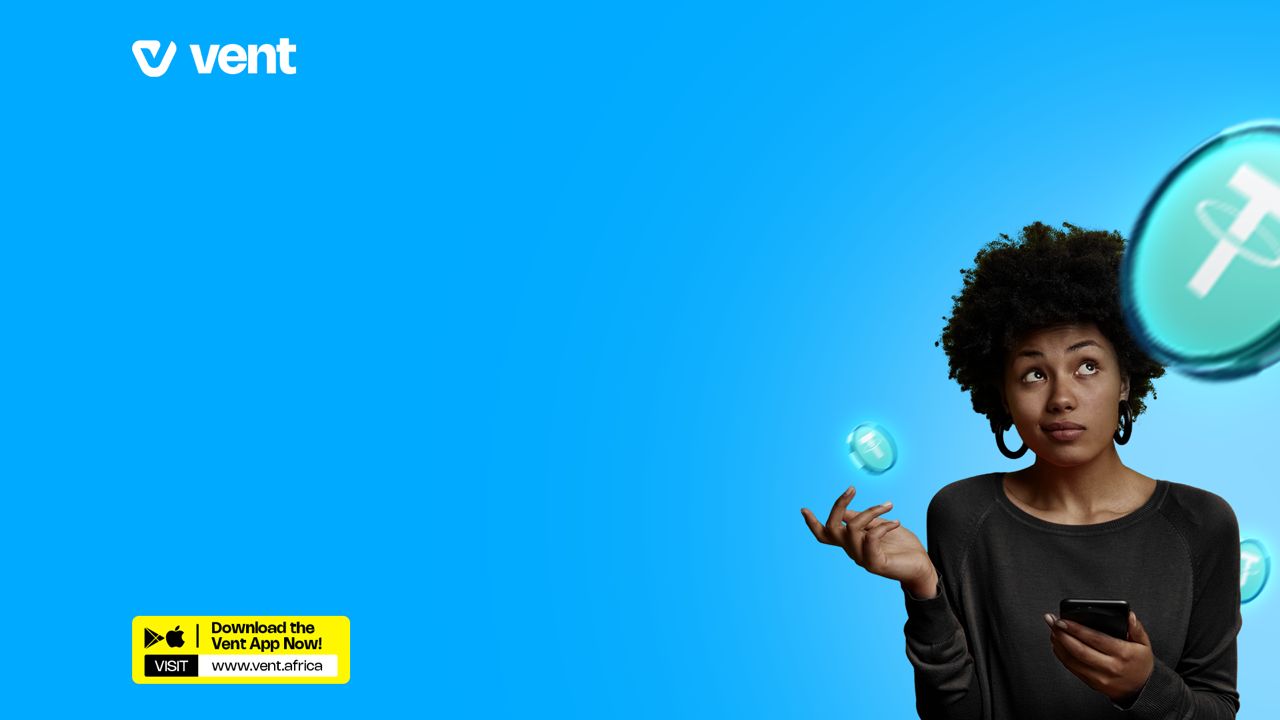
Everyone talks about blockchain these days. You hear it in crypto discussions, payment debates, and government policy talks. But if you stop most people on the street and ask, “How does blockchain actually work?”, chances are they’ll struggle to explain it.
The truth is, blockchain sounds more complicated than it really is. At its core, it’s just a new way of keeping records. Think of it as a record of transactions that anyone can see, but no one can erase or secretly change. That simple idea makes crypto payments possible, from freelancers in Nigeria getting paid in USDT to companies moving millions across borders.
This guide explains blockchain in plain English. By the end, you’ll understand what it is, how it works, and why it matters for everyday people, especially if you’re using crypto-to-cash apps like Vent to convert digital money into naira.
What’s the Gist?
- A blockchain is a secure and connected record of transactions that are stored online.
- Transparency, security, and decentralisation make blockchain different from traditional systems.
- Every transaction goes through steps: request → validation → block creation → added to chain → completion.
- There are public, private, and hybrid blockchains, each with different uses.
- Real-world applications include payments, remittances, supply chains, DeFi, and digital identity.
- Challenges like scalability, fees, and regulation remain, but solutions are already emerging.
- For Nigeria and Africa, blockchain supports financial inclusion and fast cross-border payments.
- Apps like Vent turn blockchain into something practical by letting users convert crypto to naira instantly.
What is Blockchain?
Let’s start simple. A blockchain is a digital ledger. Imagine a notebook where every page records transactions: who paid whom, when, and how much. The difference is that thousands of computers worldwide hold copies of the notebook instead of one person keeping the notebook.
Once something is written in this notebook, it’s permanent—there is no erasing or backdating, and everyone can see the history. That’s why blockchain is often described as transparent, secure, and decentralised.
Transparent because everyone can see the records.
Secure because you can’t just sneak in and change things.
It is decentralised because no single person or company owns it.
This simple structure is why crypto works. Without blockchain, there would be no way to trust that digital coins like Bitcoin, Solana, or USDT are authentic and valid.
The Building Blocks of Blockchain
The name itself explains how it works: blocks and chains.
Blocks are bundles of information. Each block stores a group of transactions, like payments or contract updates.
The chain occurs when each block is linked to the one before it, forming a timeline of events.
Nodes are the computers that keep copies of the chain, ensuring no one cheats.
Think of it like a shared notebook: each page (block) notes what happened, and the pages are stitched together in order. Tear out a page, and everyone notices because their copies don’t match yours.
How a Blockchain Transaction Works (Step-by-Step)
Let’s say a freelancer in Lagos finishes a project and a client in London wants to pay them in USDT. Here’s how the blockchain makes it happen:
1. Transaction request – The client initiates payment.
2. Broadcast – The transaction goes out to the blockchain network.
3. Validation – Computers (nodes) check if the client has the USDT and the transaction is valid.
4. Block creation – Once validated, the transaction is grouped into a new block with other transactions.
5. Block added – The new block is attached to the chain, permanently recording the payment.
6. Completion – The freelancer sees the USDT in their wallet.
All of this usually happens in minutes—there are no bank queues, no paperwork, just verified, direct transactions.
Why Blockchain is Considered Secure
You might be wondering: How safe is it if it’s all digital?
Blockchain is secure because of three main features:
- Immutability – Once a transaction is recorded, it can’t be changed. No one can edit history.
- Transparency – Every transaction is visible to the network. Anyone can audit the chain.
- Decentralisation – Because thousands of computers verify the data, it’s nearly impossible for one bad actor to take control.
This doesn’t mean scams don’t exist. Scammers target people, not the blockchain itself. That’s why social engineering scams are common, but the blockchain technology remains trustworthy.
Different Types of Blockchains
Not all blockchains are the same. Here are the main types you’ll hear about:
- Public blockchains – Open to everyone. Examples: Bitcoin, Ethereum. Anyone can join, send, or verify transactions.
- Private blockchains—Businesses use these for internal records. Access is limited. An example is Hyperledger.
- Hybrid/Consortium blockchains – A mix of both, controlled by selected groups of organisations.
Public blockchains are the most relevant for freelancers and everyday users since they power crypto payments and apps.
Real-World Uses of Blockchain
Blockchain is more than just crypto trading. Here are some practical uses:
- Payments and remittances – Fast cross-border payments, like freelancers in Nigeria getting paid in crypto and cashing out with Vent.
- Supply chain tracking – Companies use blockchain to trace goods from the factory to the store.
- Digital identity – IDs and credentials stored securely on-chain.
- Smart contracts – Self-executing agreements that cut out intermediaries.
- DeFi (Decentralised Finance) – Lending, borrowing, staking, and yield farming without banks.
Each of these shows how blockchains are slowly weaving into everyday life.
Challenges of Blockchain
Like any technology, blockchain has challenges.
- Scalability – Popular blockchains like Ethereum can get congested, leading to slow speeds and high fees.
- Energy consumption – Proof of Work systems (like Bitcoin) consume lots of electricity.
- Regulation – Governments worldwide are still figuring out how to regulate blockchain and crypto.
Despite these issues, developers are building solutions. For example, Layer 2 blockchains like Polygon make transactions faster and cheaper.
Why Blockchain Matters in Nigeria and Africa
In Nigeria, the importance of blockchain goes beyond hype:
- Financial inclusion – Millions cannot access reliable banking, but anyone with a phone can use crypto.
- Faster cross-border payments – Freelancers and small businesses can bypass delays and high fees.
- Alternative to unstable banking systems – In times of currency fluctuation, holding stablecoins like USDT is safer.
Apps like Vent make it practical by giving Nigerians a simple way to instantly cash out crypto in naira. It’s not about abstract technology; it’s about solving everyday money problems.
Final Thoughts
At its core, blockchain is just a secure digital ledger. It records transactions in blocks, links them together, and stores them across thousands of computers. That’s why it’s trusted, transparent, and nearly impossible to manipulate.
For Nigerians, blockchain isn’t some far-off tech trend. It’s the foundation of faster payments, better security, and absolute financial freedom. From freelancers getting paid in USDT to traders cashing out Solana, blockchain makes it possible to move value without borders.
The takeaway? Blockchain matters because it works. And with tools like Vent, you don’t need to be a tech expert to use it. You need to know the basics, stay safe, and take advantage of what this technology makes possible.
